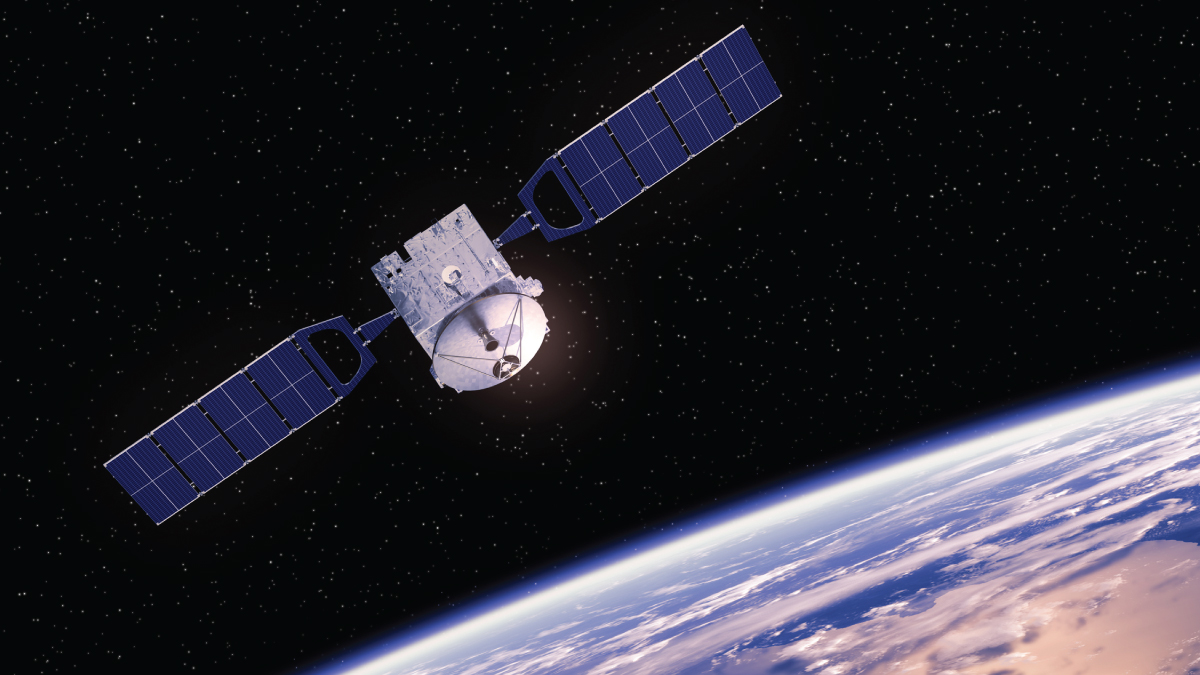
The ability to refuel satellites in orbit is reshaping how the space industry thinks about longevity, maneuverability and sustainability. From extending satellite lifetimes to enabling dynamic space operations, refueling technologies could redefine both commercial and defense space architecture.
Read our top four takeaways from our conversation with Will Armijo, vice president of space systems at Orion Space Solutions, or listen to the full episode.
Takeaway 1: On-orbit refueling extends satellite life.
On-orbit refueling offers a way to extend operational lifetimes and reduce costly replacements.
“Extending operation lifetime is critical,” Armijo said. “You have the ability to delay or even avoid replacement costs… If you have the ability to launch with a full tank or even a half tank, save some costs there and refuel it on orbit, you’re able to extend the operational life.”
But for Armijo, the value of refueling goes beyond endurance and is about freedom of movement.
“Moving without regret and moving with ultimate freedom is critical,” he explained. “If you’re able to retask a satellite… perform additional operations and refuel yourself for additional operations, you’re in a pretty good spot.”
Takeaway 2: Standardization and scalability are the next frontiers.
While early refueling demonstrations have proved the concept’s feasibility, making it scalable and routine requires industry-wide collaboration.
“To really make this part of a true hybrid architecture, we need standard refueling ports,” Armijo said. “Currently, there are two commercially available, but we need to maintain that consistency and make sure those ports are interchangeable with current and future assets.”
The key, he said, is creating a repeatable system that can serve a growing ecosystem of satellites across multiple orbits. That also means expanding the industrial base.
“We need to diversify the propulsion system integrators,” Armijo said. “We need folks that are brave enough in this industry to go and demonstrate those technologies as well.”
Standardized interfaces would allow a new generation of refueling vehicles to replenish satellites from multiple manufacturers, creating an in-space logistics layer that scales across orbits, Armijo said.
Takeaway 3: Small satellites are driving innovation in refueling.
At first glance, on-orbit refueling might sound like a capability limited to large GEO platforms. But according to Armijo, the small satellite movement has been instrumental in accelerating these technologies. Orion’s Tetra-5 and Tetra-6 missions themselves are smallsat-based.
“Our heritage is in miniaturization of technology and sensors,” Armijo said. “Tetra-5 and Tetra-6 are small satellite missions. You see a lot of vendors here [at the SmallSat Conference] developing lower-TRL commercial technologies — those are being integrated into these missions.”
This smallsat approach, he added, has lowered costs and reduced risk for refueling demonstrations that would have been prohibitively expensive a decade ago.
“It’s not the traditional ‘you’re going to GEO, everything costs a billion dollars,’” Armijo said. “It’s really the spirit of small sat dating back three decades. We’ve brought that together for these missions — both in the components and the overall approach.”
Takeaway 4: Dynamic space operations depend on hybrid architecture.
The U.S. Space Force’s emphasis on dynamic space operations—the ability to maneuver and adapt in orbit—is driving new thinking about mobility and resilience. Refueling is a part of that strategy.
“Space is dynamic. It’s never one thing,” Armijo said. “You’re going to have planned and unplanned operations. So being able to refuel is critical to replenish yourselves for both.”
Dynamic operations require a hybrid architecture made up of a flexible network of on-orbit servicing, manufacturing and logistics capabilities that work together.
“As we increase the scope of on-orbit mobility and logistics—things made on orbit, servicing, repairs, maintenance—it comes back to that freedom to maneuver at will,” he said. “Having a replenishable fuel source becomes incredibly important.”
From extending mission lifespans to enabling agile, sustainable operations, on-orbit refueling is poised to transform the economics and strategy of space. For more, or listen to the full episode.
Explore More:
On-Orbit Servicing and RPOD are Driving Satellite Propulsion Innovation
Thales Alenia Space-Led Team Wins $255M Contract for LEO In-Orbit Refueling Mission
On Orbit Transport - Opening a New Space Economy
